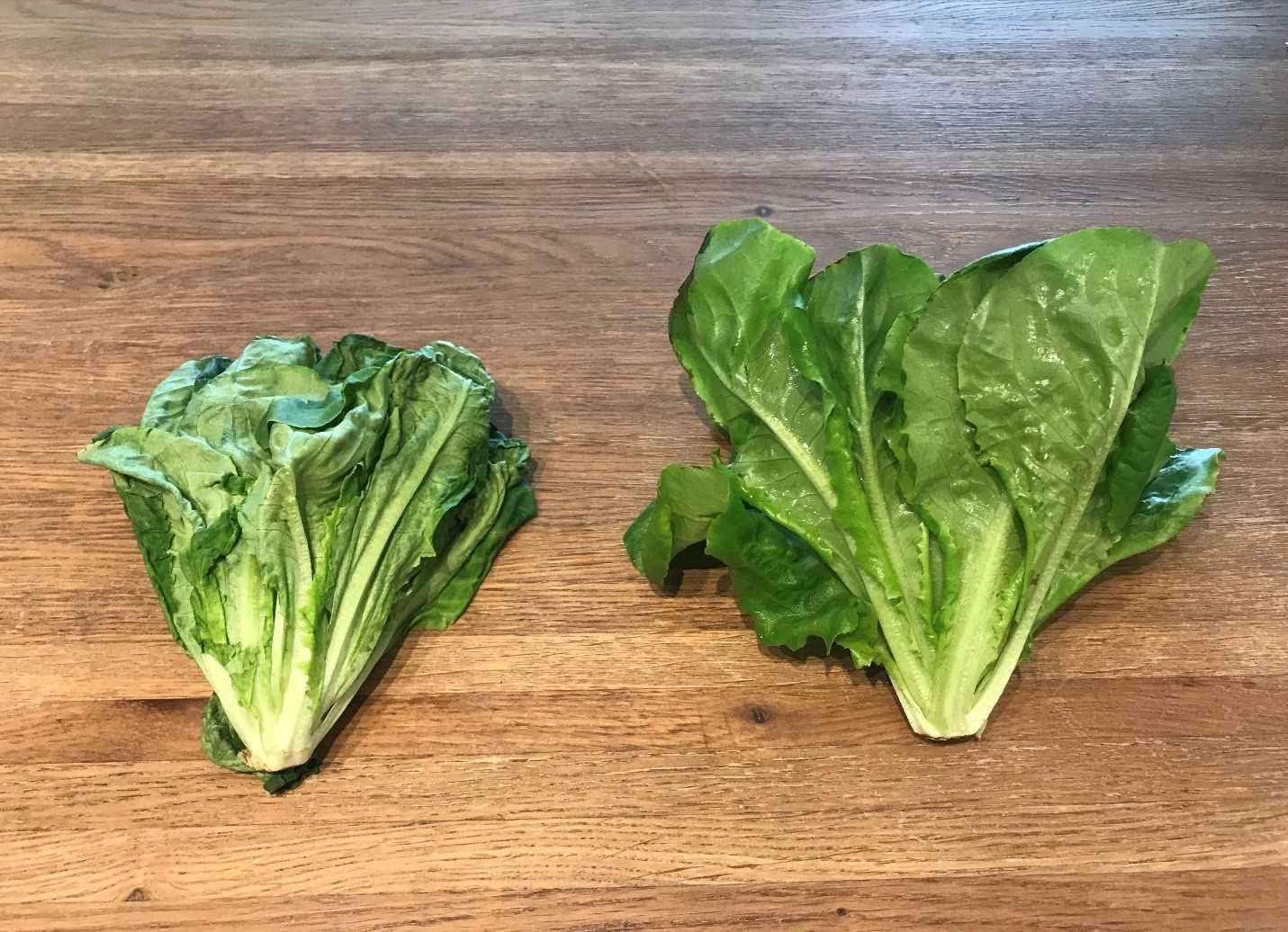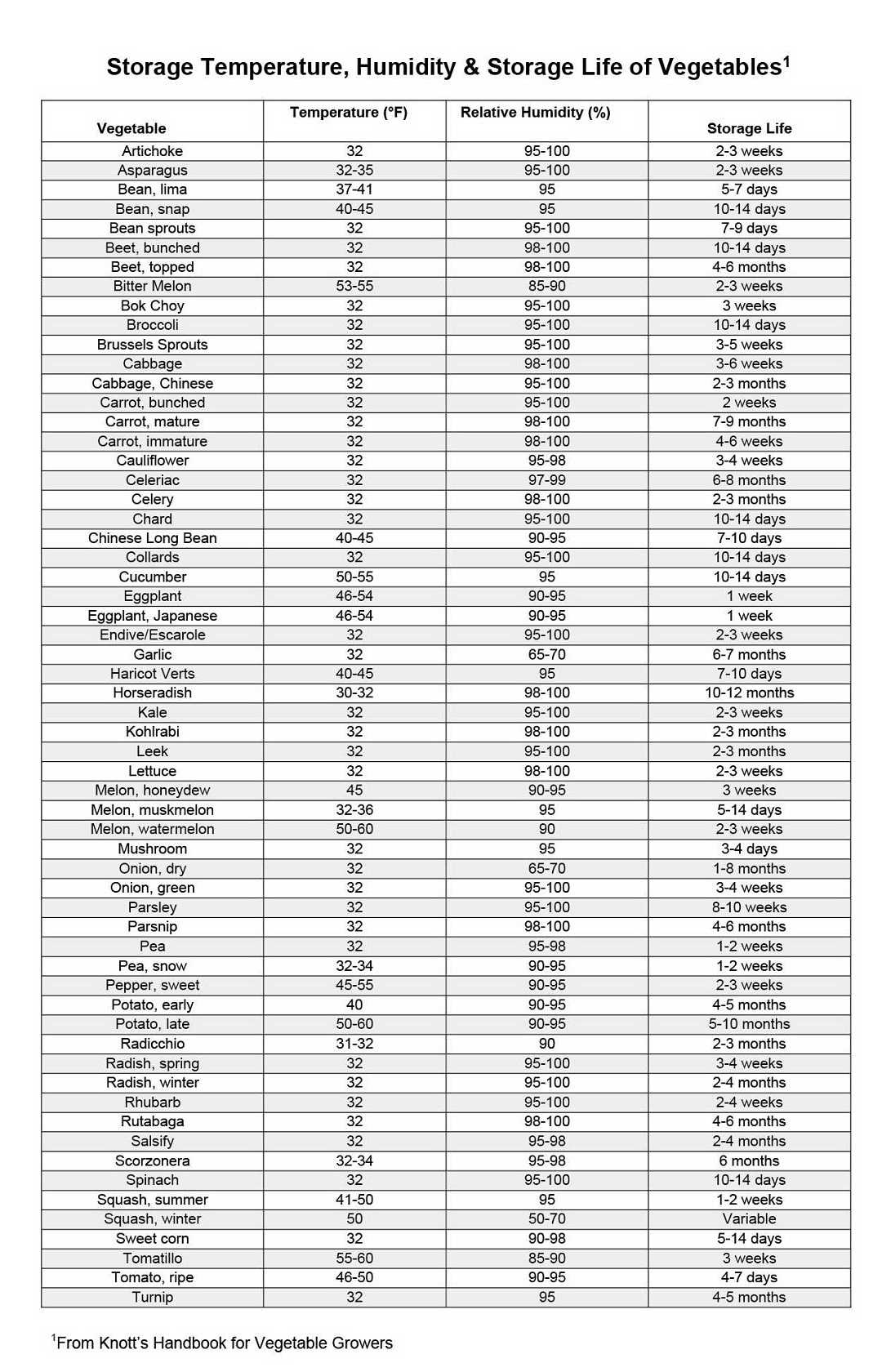How To Grow
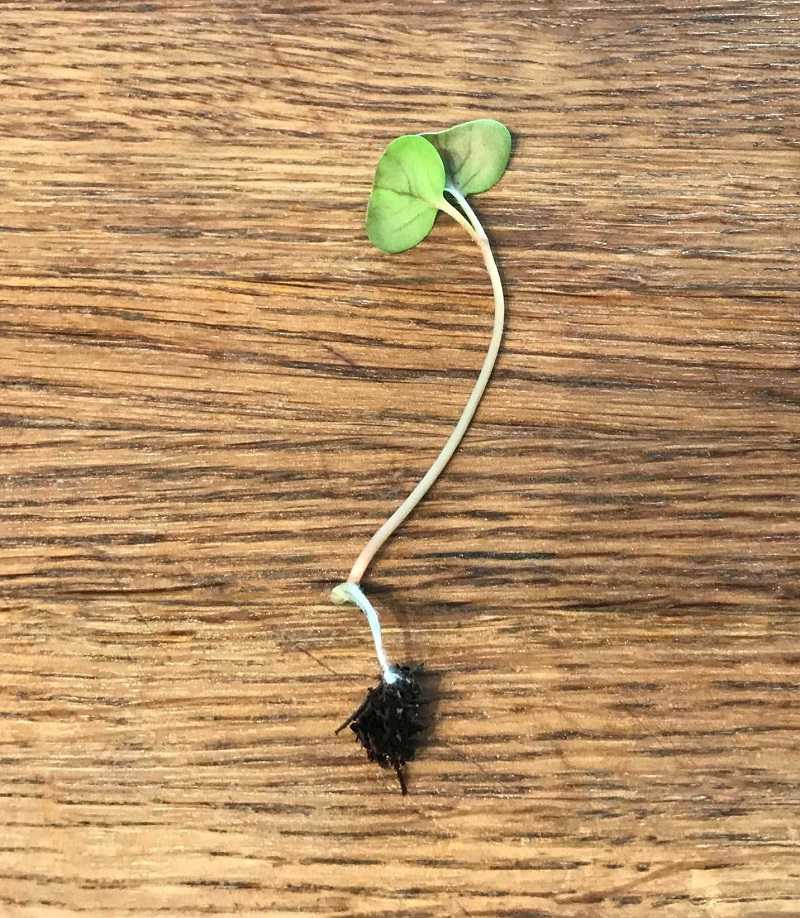
When harvesting, especially with microgreens, care should be taken not to pull the plants out of the soil.
Accidentally pulling roots out of the soil may cause the soil to get on the rest of the crop which would mean you would have to wash them.
Microgreens are very delicate and should be handled with care. If you do not get soil on the edible portion of the crop you do not have to wash microgreens.
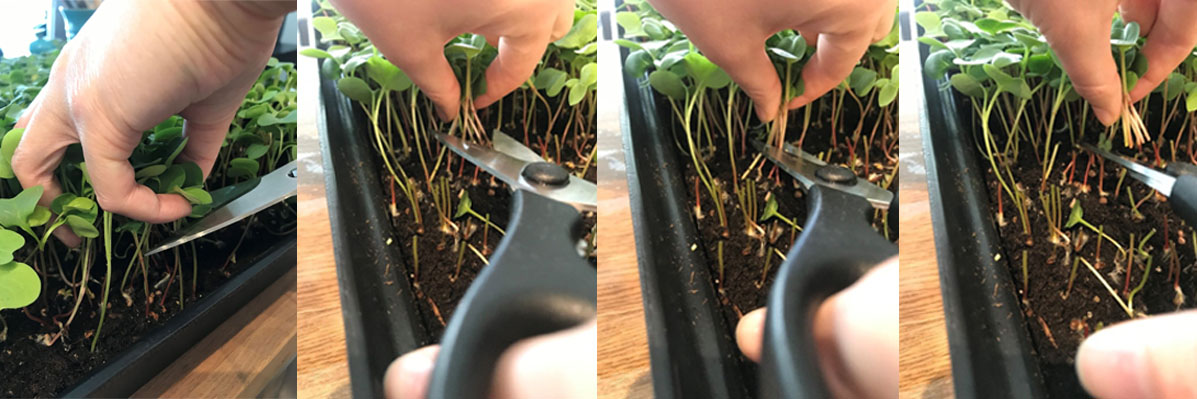
To harvest microgreens, gently hold the tops of the microgreens and use scissors or a sharp knife to carefully cut the stems about an inch above the soil.
You can also pinch several microgreens together by just below the leaves and use scissors or a sharp knife to carefully cut the stems about an inch above the soil.
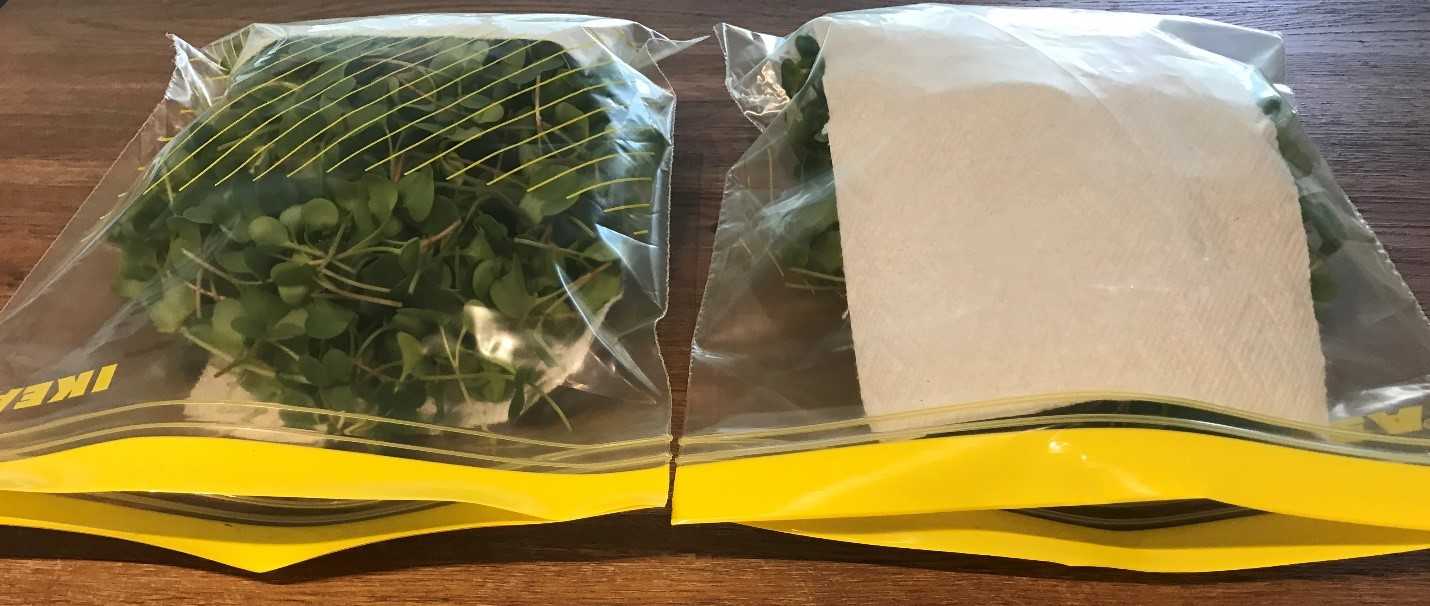
Harvested microgreens should be put into a Ziplock bag with a paper towel to help absorb moisture from the respiration from the plants. The bag should be left partially open to further aid in venting any excess moisture.
Respiration is a metabolic process in which the plant releases CO2 and water. Respiration is an important part of a plant’s growing process in regards to flavour and sugar content and it continues after the plant is harvested which is a primary cause of a shortened shelf life in leafy greens. Increases in respiration cause a decrease in shelf life.
Mishandling of crops can also reduce the shelf life. Bruising and other stress can allow access to disease and increased respiration. Leafy greens should be handled carefully and not packed too tight during storage to reduce potential bruising.
The type and age of crop also affect shelf life. Younger crops, such as leafy greens, have higher rates of respiration and thus do not have as a high of a shelf life as more mature crops. Leafy greens also have a much higher rate of respiration than root crops such as carrots. The faster a crop grows the higher the respiration rates will be.
Ethylene is also a biproduct of a plant’s metabolic process. Ethylene is a gas hormone released by a plant to regulate growth and ripening. Ethylene is also still produced after harvest and can increase respiration rates shortening shelf life in leafy greens. In crops such as tomatoes, ethylene allows fruit to continue to ripen even after harvest.
Ethylene production is different in two different categories of crops: climacteric crops like tomatoes have a peak in ethylene production after harvest; non-climacteric crops like leafy greens and strawberries have diminished ethylene production from the time of harvest.
Microgreens should last for a week in the fridge.
Lettuce is especially sensitive to heat. Care should be taken to harvest lettuce in a cooler environment such as in the morning or evening. Freshly harvested lettuce should be immediately dunked in cool water to help slow respiration and then put into the fridge.
Lettuce can last in the fridge for up to 2 weeks when treated with a cold-water dunk and proper handling.


